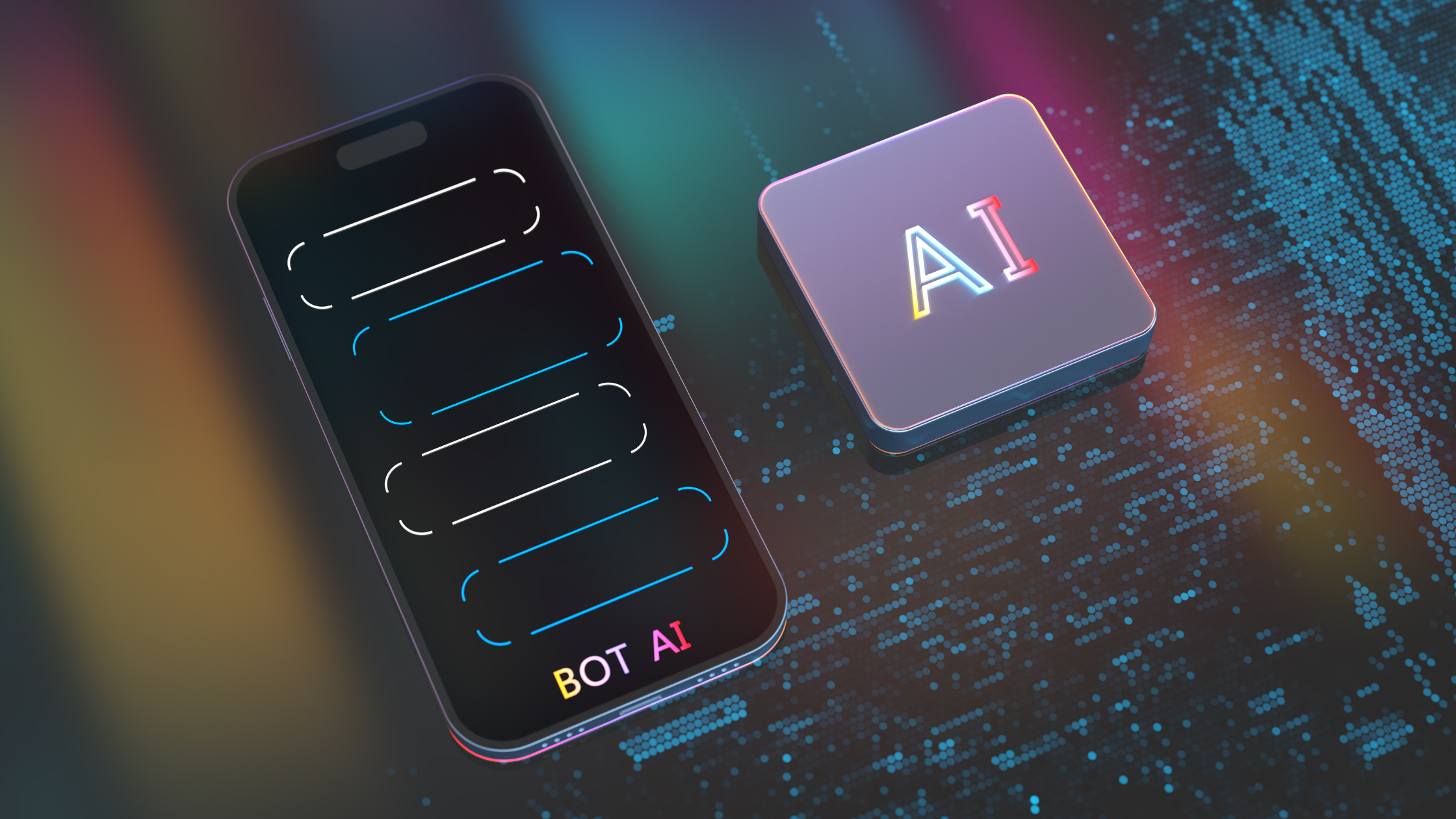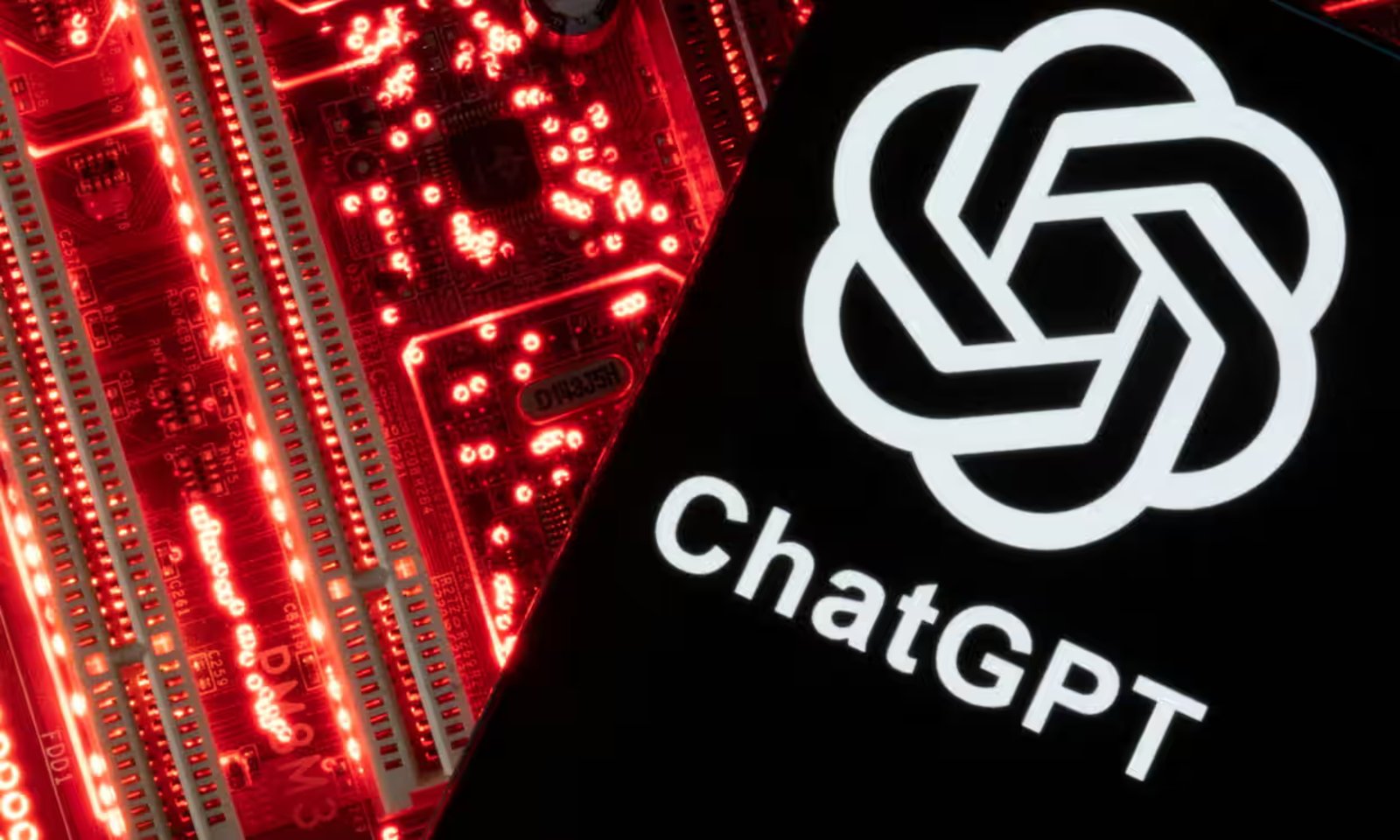Not so long ago, we embraced online meetings and collaboration platforms as part of everyday business life, and now we are introducing new AI tools like ChatGPT. Although artificial intelligence (AI) may still seem like science fiction to many, the introduction of advanced AI tools into business processes has turned the future into the present; a present in which we must carefully monitor the impact and consequences these tools can have on our daily lives. What are the potentials of AI tools in the human resources industry, and what are the risks? Will the introduction of AI tools shape a revolutionary future of work?
The Potential of AI tools in HR
AI tools have tremendous potential that HR professionals can leverage to establish simpler processes, improve employee experience, and make more informed decisions. The introduction of artificial intelligence is becoming a crucial factor in transforming how we manage human resources, and with technological advancements, the possibilities for application are expanding. By reviewing the latest tools, we have learned how AI can be used in key steps of managing the employee life cycle:
Recruitment
Recruitment is a critical process for any organization, and AI can automatically filter hundreds of resumes, identifying key skills and experiences that match the position's requirements. Through pattern analysis, AI can identify the best candidates, simplifying the selection of the right profile. Additionally, AI can communicate with candidates in real-time, schedule interviews, and even answer common questions, reducing time spent on administrative tasks.
Onboarding
The first days of a new employee are crucial for building a productive and motivated team. AI can support the HR team in this process by ensuring new employees have access to all necessary information. Furthermore, AI can act as a virtual mentor, providing support to new employees by answering common questions about company policies, procedures, and benefits, thus facilitating adaptation and navigation in the new work environment.
Employee development
Continuous skill development is essential for the long-term success of employees and the organization. AI can analyze feedback and employee performance data to recommend relevant courses, mentors, and development programs. Additionally, AI can provide customized learning content, taking into account each employee's learning style and goals.
Employee engagement
Happy and engaged employees are the foundation of a successful organization. AI can help monitor employee satisfaction and recognize patterns of stress or dissatisfaction. Based on this data, the HR team can respond more quickly and provide the necessary support to maintain motivated and satisfied employees.
Employee retention
Losing key talent can be very costly and damaging to an organization. AI uses deep learning to predict which employees might consider leaving the organization and for what reasons. Based on an analysis of the employee's history and external factors, AI can enable the HR team to take timely retention measures. AI can also help analyze information gathered in exit interviews to improve the employee experience.
Workforce planning and ensuring business continuity
Changes in the market, technology and environment can significantly affect the needs of the organization, and AI can analyze trends and predict the need for new skills, allowing the HR team to plan the workforce according to the future challenges and competencies of the future. Also, AI can help plan for crises, such as pandemics or natural disasters, to ensure business continuity.

Integrating ChatGPT into the Organization: Key Roles of the HR Department
By integrating ChatGPT and other AI tools, organizations can enhance operational efficiency, improve the quality of services and products, and save time and resources. However, successful integration requires active and strategic involvement of the HR department, which takes on a new and significant role. What are the new tasks for the HR department?
1. Establishing guidelines and policies: The HR department defines clear procedures and policies for the organisation's ethical and professional use of ChatGPT. These guidelines ensure the proper use of the technology and raise employee awareness about the need for responsible AI interactions
2. Training and education: The HR department organizes training and educational programs to equip employees with the necessary knowledge to effectively use ChatGPT. Through workshops, seminars, and courses, employees can learn the basics of ChatGPT, its capabilities, and best practices.
3. Support and mentoring: The HR department ensures that employees have the support they need to use ChatGPT effectively. Employees can rely on mentors to solve problems, answer questions, and provide feedback that helps improve their AI interactions.
4. Building a community: The HR department encourages the creation of a community among employees who use tools like ChatGPT. This community facilitates the exchange of knowledge, experiences, and advice, helping employees make the most of AI tools.
5. Monitoring impact and providing feedback: The HR department tracks the impact of ChatGPT on work processes, results, organizational culture, and employee experiences. Positive feedback and recognition motivate employees to continue using the technology in ways that improve their work.
6. Encouraging innovation and experimentation: The HR department encourages employees to experiment with new tools, including ChatGPT, to explore new possibilities and solutions for challenges in the work environment. This approach fosters creativity and innovation within the organization.
7. Promoting excellence: The HR department launches initiatives that give employees opportunities to creatively use ChatGPT through challenging projects and tasks. Organizing competitions, awarding prizes, and giving recognition promotes excellence in using the technology.
8. Encouraging teamwork and knowledge sharing: The HR department fosters collaboration among employees from different backgrounds and fields to leverage ChatGPT’s benefits together. Teamwork and knowledge sharing further enhance team productivity.
9. Creating more humane workplaces: The HR department ensures that the use of AI tools contributes to creating more humane workplaces. By introducing AI technologies, organizations might even consider the possibility of shortening the workweek to further improve work-life balance.
Through these roles, the HR department becomes a catalyst for the successful integration of AI tools in the organization, fostering creativity, collaboration, and employee satisfaction in the new work environment.
What are the risks of introducing AI in HR?
Although artificial intelligence can bring many improvements to human resource management, introducing AI tools also brings challenges and risks that must be properly addressed. The first question that arises is the ethical issue. To ensure the proper use of AI, organizations must establish strict guidelines for data collection and use, as well as ensure transparency and accountability in decision-making processes. Data collected and shared to improve AI tools should be secure, consent-based, and anonymized. It is necessary to ensure that the AI tools used are unbiased, accurate, and explainable, and to monitor their impact on employees.
The widespread use of AI can also affect communication. It is important to maintain human interaction and provide training for employees to use AI effectively. HR professionals need to ensure that human-AI interaction is positive, respectful, and meaningful. They should balance the use of AI with human touchpoints and foster a culture of trust and collaboration between people and machines.
Mandatory development of new skills
The adoption of new technologies requires the development of a specific set of skills that must be invested in. AI changes skill demands, creating a need for continuous development of new competencies. Some jobs may become outdated or require the acquisition of new skills. Therefore, the HR team must prepare employees for the future of work through reskilling or upskilling. HR professionals should assess current and future skill needs in line with the organization's long-term strategy, define critical future competencies for achieving organizational goals, and provide relevant learning opportunities for employees. It is also important to attract, develop, and retain talent with the necessary skills for working with artificial intelligence.
Which skills are most important? Critical thinking is a starting point. Employees need to be able to assess and filter AI-generated information, understanding its capabilities and limitations. For example, ChatGPT's outputs should be critically evaluated to recognize potential flaws and adjusted with personal expertise.
The second most important skill is creative problem-solving. While AI can stimulate creativity, employees still must develop the ability to apply innovative solutions in their daily work. They should be open to experimenting with tools like ChatGPT by trying different prompts and formats (considering risks) to learn from feedback and outcomes.
Employees must learn to interact with AI, setting clear questions and instructions aligned with expected outcomes and interpreting the responses correctly. Sharing AI-related experiences within the team is also essential for establishing best practices.
HR's responsibility
AI can have a significant impact on HR processes and employee work, creating new development opportunities. HR professionals are responsible for implementing such tools, ensuring ethical use, supporting employees in integrating AI into their work, maintaining human interaction, and fostering a better and higher-quality future of work.



